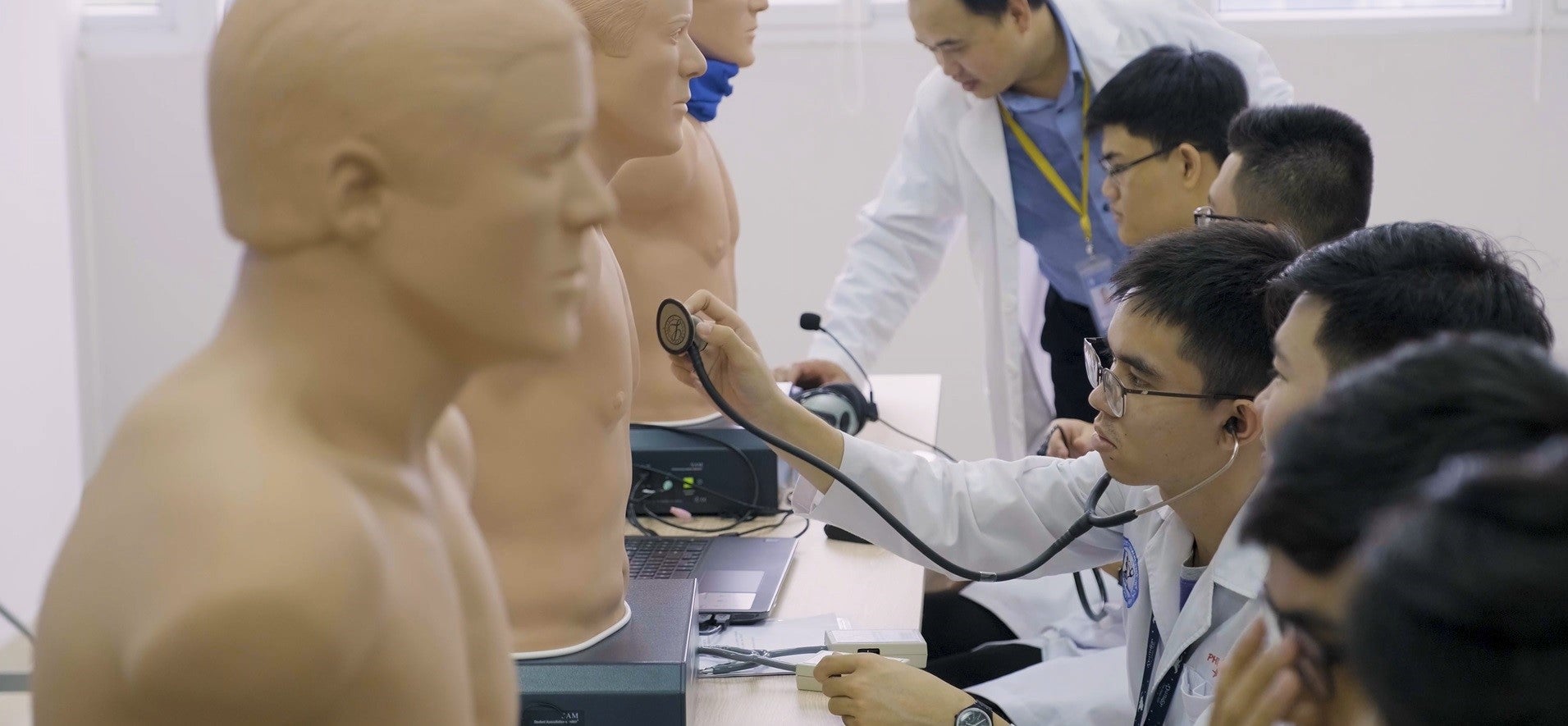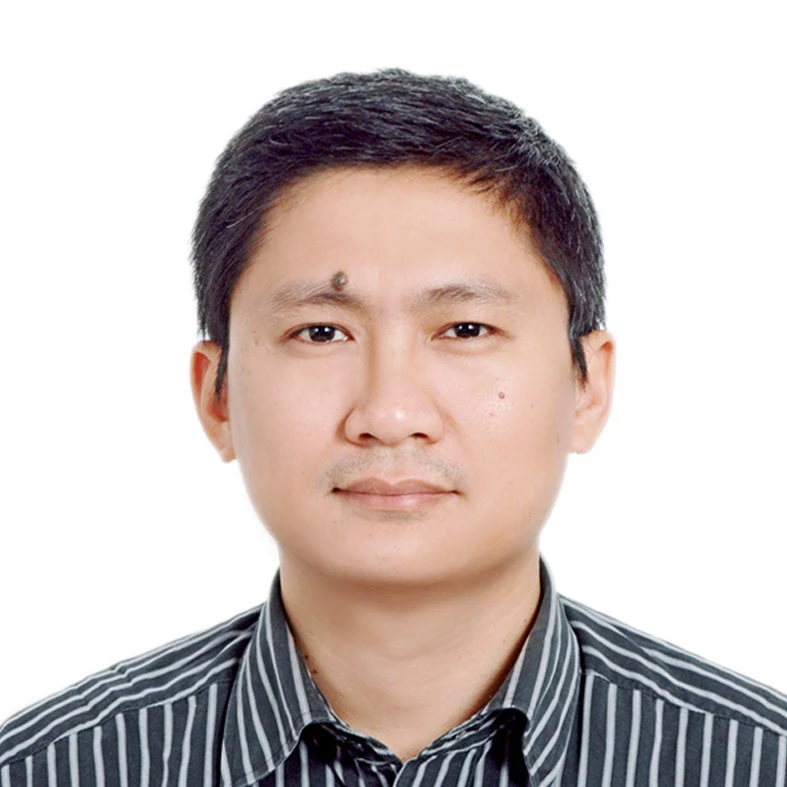 Simulation based medical education in Vietnam
Simulation based medical education in Vietnam
When I was admitted to medical school 25 years ago, the professors informed us that we would undergo a new medical education program, which had been initiated by the Ministry of Education and Training in Vietnam. The six-year curriculum consisted of both basic and modern health sciences. We spent three years in the classrooms and laboratories before interacting with real patients.
With this approach, we grew up in “one-way” classrooms, where we daily repeated a boring cycle: listening to a professor, taking his words down in a notebook, and learning them by heart. In the theoretical exams, those who were able to memorize more words received higher scores. While in the practical exams, one’s performance depended on the assessor’s own judgement. In my second year of training, I sometimes found this learning method stressful and depressing.
Changing education
Notwithstanding those moments, I still have a pleasant recollection of the medical education program because the school had changed its teaching-learning methods. From the third year, we had more time for reading and for self-studying at the library. To prepare for exams, students no longer needed to learn the content of a class by heart since they had the option to answer multiple choice questions.
Living in communities and studying at the community health stations helped us better understand life in the rural areas and at the grassroots level. Spending all-nighters in emergency departments brought us valuable experience in life-saving practices and medical professionalism.
Putting the student in the center
Ever since I graduated, medical schools in Vietnam have continued to improve. Over the past two decades (2001 – 2020), they have moved to an integrated curriculum, adopted the “student centeredness” principle, and introduced problem-based and simulation-based learning methods.
Medical students can now study theories in the classroom and then practice in the clinical simulation centers. The networks of clinical practice sites have expanded beyond the hospitals to include primary health care settings and communities. The increased demand for more physicians from local health care systems has resulted in improved access to medical training for ethnic minorities and those living in rural areas.
A fresh wind of change to medical education
Recently, the Vietnamese Ministry of Health called for further medical education reforms, which follows the competency-based and system-based approaches. With the support from the World Bank and other international partners, including the European Union and the US Agency for International Development, the “Health Professionals Education and Training for Health System Reforms” (HPET) Project has brought a fresh wind of change in the country’s medical education system.
Launched in 2014, the project aims to improve the quality of education by strengthening national frameworks and the teaching-learning capacity in both education and training institutions. After six years of project implementation, the Ministry of Health has developed strong legal and institutional foundations for transforming the medical education to a competency-based and system-based education model.

To date, the HPET project has supported five medical schools and 91 clinical training sites. It has also provided medical students and physicians with transformative learning experiences, and created a more competent workforce for universal health coverage.
This video clip shows how a beneficiary medical education institution, with support from the HPET Project, reformed its medical education program and improved the students’ experience:


Join the Conversation